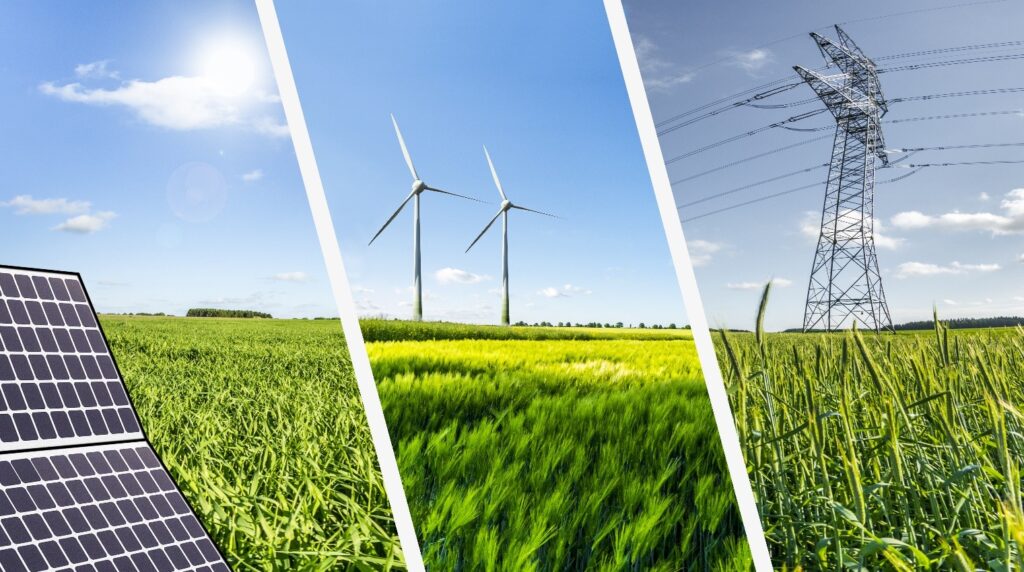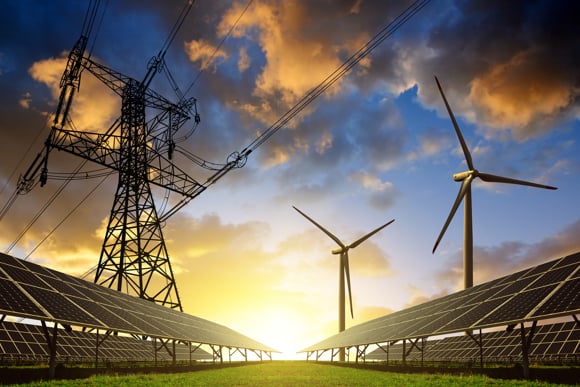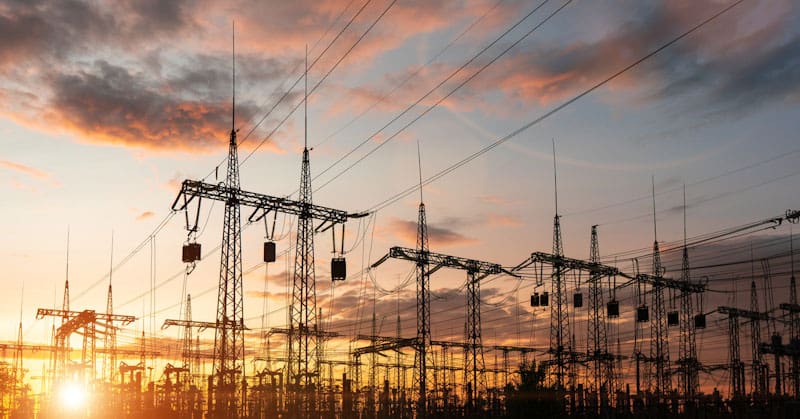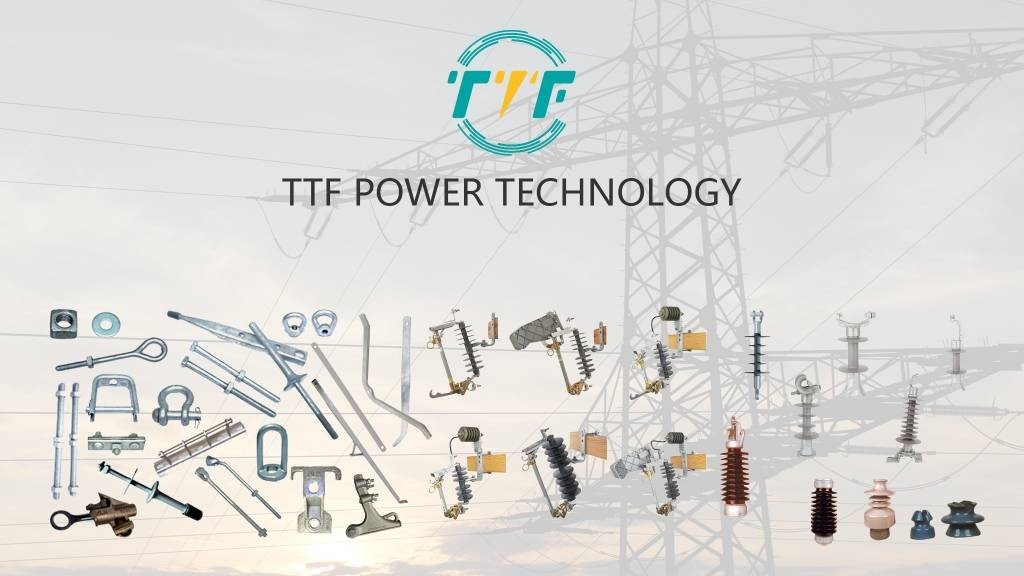
The energy infrastructure in South America is extensive, yet many organizations have highlighted the urgent need for enhanced investments in critical sectors. These sectors encompass power transmission, pole line hardware, energy storage, grid infrastructure, and transportation. The existing condition of the region’s energy infrastructure fails to align with the competitive demands of the area. According to the World Bank, annual investments in infrastructure currently average between 2-4% of GDP. This places South America at a competitive disadvantage relative to other regions. Meanwhile, countries such as Argentina and Brazil contribute to 80% of South America’s GDP.
As we explore the challenges facing South American energy infrastructure, we will examine how pole line hardware can mitigate these issues. These challenges influence the reliability, efficiency, and sustainability of power generation and distribution. Tackling these obstacles necessitates a collaborative approach. This involves government entities, private sector investors, and international organizations. Pole line hardware plays a crucial role in addressing these challenges. This is by enhancing the durability and reliability of power lines. Further, components like insulators, clamps, and brackets contribute to improved grid scalability. Additionally, the well-engineered nature of pole line hardware requires less frequent maintenance. This helps reduce operational costs and ensuring more consistent energy delivery.
Challlenges facing South America’s energy infrastructure
South America’s energy infrastructure faces a variety of challenges that affect its efficiency and sustainability. This in turn impacts power generation and distribution throughout the region. Currently, 96% of households in South America have access to electricity. The potential for electricity to serve as a competitive advantage for the region is significant in the region. This is particularly due to the availability of clean energy from hydropower. However, there remains a pressing need to upgrade and modernize the region’s electric grid. This helps to ease the integration of renewable energy sources, a task that modern pole line hardware can effectively support. Discussed below are the key challenges affecting South America’s energy infrastructure.

- The energy infrastructure in South America is aging and requires modernization. This comprises of outdated power plants, transmission lines, and substations. All this infrastructure are susceptible to failures. So, this results in frequent power outages and deficiencies in energy distribution.
- The region possesses significant potential for the incorporation of renewable energy sources. This includes solar, wind, hydroelectric, and geothermal energy. Yet, integrating these sources into the main grid presents several challenges. This is due to its limited flexibility and capacity to accommodate fluctuations in energy production.
- Regulatory challenges arise from the diverse regulations that govern energy infrastructure. This in turn complicates regional collaboration and international energy trade.
- The integration of smart grids and Internet of Things (IoT) devices has led to increased cybersecurity threats. Such vulnerabilities could cause major disruptions, financial losses, and pose risks to national security.
Proposed solutions to these challenges using pole line hardware
Historically, most South American nations have invested in their energy systems through partnerships with private enterprises. Governments are working alongside industry specialists to address these challenges. Potential strategies include the establishment of regulations and policies, collaborative efforts, and technological advancements. Moreover, these solutions must be tailored to meet the specific needs of the region. They should focus on improvements, enhanced accessibility, and increased resilience. Pole line hardware comprises various components that ease the extension of power lines to remote locations. The components aid energy providers in expanding the grid to deliver electricity to remote areas. Below are several common solutions for addressing issues within the energy infrastructure.

- Modernizing infrastructure involves the replacement of outdated equipment with advanced and dependable technologies. This process encompasses investments in aging power plants, transmission systems, and substations. Such upgrades are essential for minimizing the risk of failures and enhancing the stability of the energy grid.
- Strengthening cybersecurity requires the implementation of strategies by governmental bodies and industry specialists. This helps to safeguard the energy grid against cyber threats. This may involve the enhancement of security protocols, the use of encryption to protect sensitive information, and the continuous monitoring for potential security breaches.
- The region could enjoy increased collaboration through the establishment of cross-border energy trade agreements. These agreements ease the exchange of energy resources among nations. It also aids in the equilibrium of supply and demand while decreasing dependence on a single energy source.
- It is imperative for governments to plan policies and regulations that foster private investment in energy infrastructure. Additionally, they should encourage the issuance of green bonds to finance projects aimed at improving energy efficiency.
In summary,
South America encounters many challenges within its energy infrastructure. These impact both the generation and distribution of electricity. These challenges encompass outdated infrastructure, unequal access to energy, a heavy dependence on hydropower, and cybersecurity vulnerabilities. Additionally, climate change poses a considerable threat to the region’s energy systems. This potentially worsens issues such as grid instability and energy shortages. The implementation of pole line hardware aids in enhancing South America’s energy infrastructure. These components contribute to increased reliability, ease expansion, support the integration of renewable energy sources, and improve resilience against environmental challenges.

Consequently, the incorporation of pole line hardware in the development of energy infrastructure is vital. This initiative will promote a more efficient and sustainable energy system across the region. TTF Power Systems specializes in manufacturing and supplying hardware fittings for utility poles, transmission line accessories, and pole line hardware. We offer the most comprehensive range of products in the industry, coupled with exceptional value and expert assistance. This approac enables South America to secure its energy future. This is while ensuring access to clean, reliable, and affordable electricity.